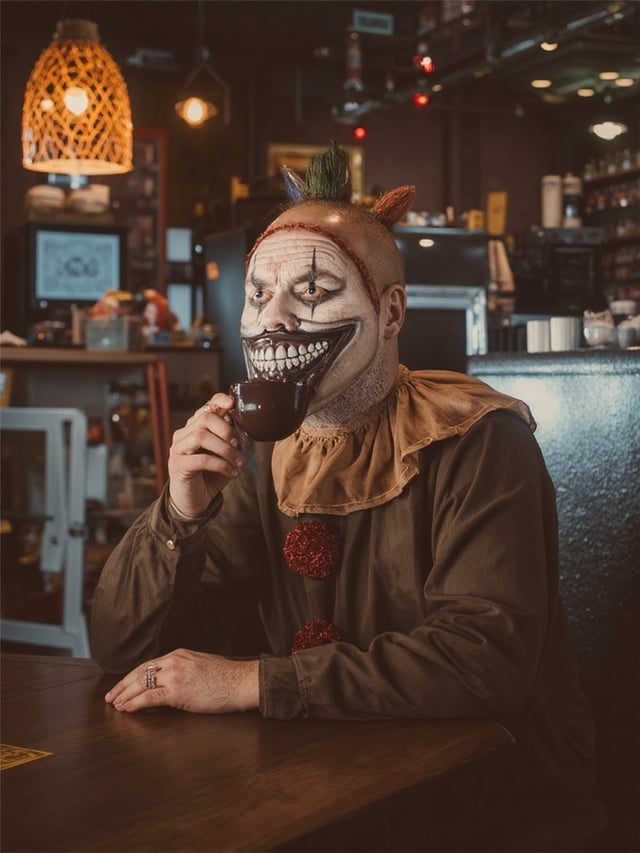Tutorial for creating an Image to Image Flux "Ai Tool"
Note: "I'm not a programming expert just a hobbyist who loves AI".Due to update Comfyui on Tensor Art some things has change a little bitIn this tutorial about Ai Tool we going to create a image to image Flux Model whit text description of what you want to change in the image you chooseAi tools are a great way to harness the power of AI especially to create or change the style of your image either to anime, comic, illustration etc. or change clothes like the one we going to create.You can create it to use it yourself or share it on the site for other users to use.Brief IntroductionBut to create an Ai Tool we must first start with the basics about them: The Workflow.I won't go into advanced concepts that complicate our lives; but I will tell you that the workflow is a set of steps such as loading a model, inputting prompts, and defining samplers, that the AI follows to create or transform an image or even a video.You can create a workflow or you can search for workflows on the site created by other users with the site's search tool.Creating a simple and functional workflowFirst of course you must have an active Tensor.art account.Second pass the mouse over Create and select ComfyFlowClick the New Workflow to enter the workflow interface Then Empty Workflow TemplateOnce inside we will double click on the workspace and a small window will appear to search for our first Node.A node is...this oneSelect TA Nodes and add TA Node LoadImage to the workflowNext double left-click on the workflow and search for VaeEncodeNext search for Loadvae Next search for samplercustomadvancednext search for vae decodenext search for save imageand conect them according to the next imageNext search for load diffusion modelNext search for dualcliploaderSearch for clip text encode (prompt)and finally Search for "Randomnoise", "Basicguider", "KSamplerselect" and "BasicScheduler"Here is the change made for Tensor ArtRight click on clip text encode and select "convert widget to input" and "convert text to input"Next click TA Nodes and select TA node prompttextand then connect them just like the follow imageand connect "Randomnoise", "Basicguider", "KSamplerselect" and "BasicScheduler" like thisFinally we upload our image, write the prompt that make some changes on the image and click on the generate button to test our workflow.We wait a moment and if everything goes well, we will see the final mixed generated image.Tip: Our workflow is automatically saved with every small change we make; so don't worry if for some reason it crashes unexpectedly or the pc shuts down.Note: We must always test our workflow and another workflow of the site to check if it is functional before publishing it because if we don't do this, Tensor.Art will not allow us to convert it into an Ai Tool.Click on the Publish button at the top left.Then a new window will appear in which we must choose whether we want to publish our workflow, only as a workflow or as an Ai Tool.Select Ai Tool and a new tab will open.Here the workflow will be selected automatically.We place the title we want to give to our Ai Tool.Then select the channel in the next drop-down menu, in our case, "Realistic".Select the relevant tags to our Ai Tool (Example: FLUX, INPAINTING).Then we must upload the final images that we obtained after having done the test in the workflow. If we download them we can select Upload or directly from workspaceIn the make contrast cover it is advisable to upload the initial image and the final image because a thumbnail is generated as a preview, so that if another user wants to use the Ai Tool knows what to do beforehand.Finally we click on publish and... ready we have our first Ai Tool, which we can share, if we want, in our social networks.And that's all folks.Enjoy it!








































![[FLUX] HALLOWEEN2024 Twisty Clown LoRa Training](https://image.tensorartassets.com/cdn-cgi/image/anim=true,plain=false,w=112,q=85/posts/images/729847830151236847/012d54eb-893c-4cb3-98c0-a7e7ca8ebdd8.png)